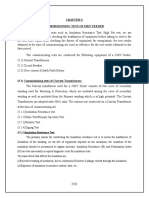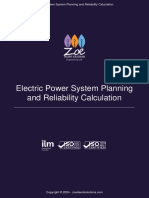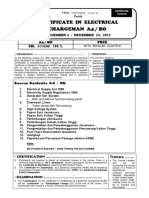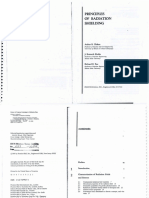0% found this document useful (0 votes)
103 views147 pagesELECTRICAL Lecture
Electricity is generated by friction, induction, or chemical change and consists of electrons, protons, and neutrons. Voltage causes electrons to move through a conductor. Common units of measurement include volts, amps, watts, and ohms. Ohm's Law describes the relationship between voltage, current, and resistance in a circuit. Circuits can be connected in series or parallel. Alternating current reverses direction and is more commonly used than direct current. Transformers are used to change voltage in electric circuits.
Uploaded by
jrCopyright
© © All Rights Reserved
We take content rights seriously. If you suspect this is your content, claim it here.
Available Formats
Download as PDF, TXT or read online on Scribd
0% found this document useful (0 votes)
103 views147 pagesELECTRICAL Lecture
Electricity is generated by friction, induction, or chemical change and consists of electrons, protons, and neutrons. Voltage causes electrons to move through a conductor. Common units of measurement include volts, amps, watts, and ohms. Ohm's Law describes the relationship between voltage, current, and resistance in a circuit. Circuits can be connected in series or parallel. Alternating current reverses direction and is more commonly used than direct current. Transformers are used to change voltage in electric circuits.
Uploaded by
jrCopyright
© © All Rights Reserved
We take content rights seriously. If you suspect this is your content, claim it here.
Available Formats
Download as PDF, TXT or read online on Scribd
/ 147




































































































